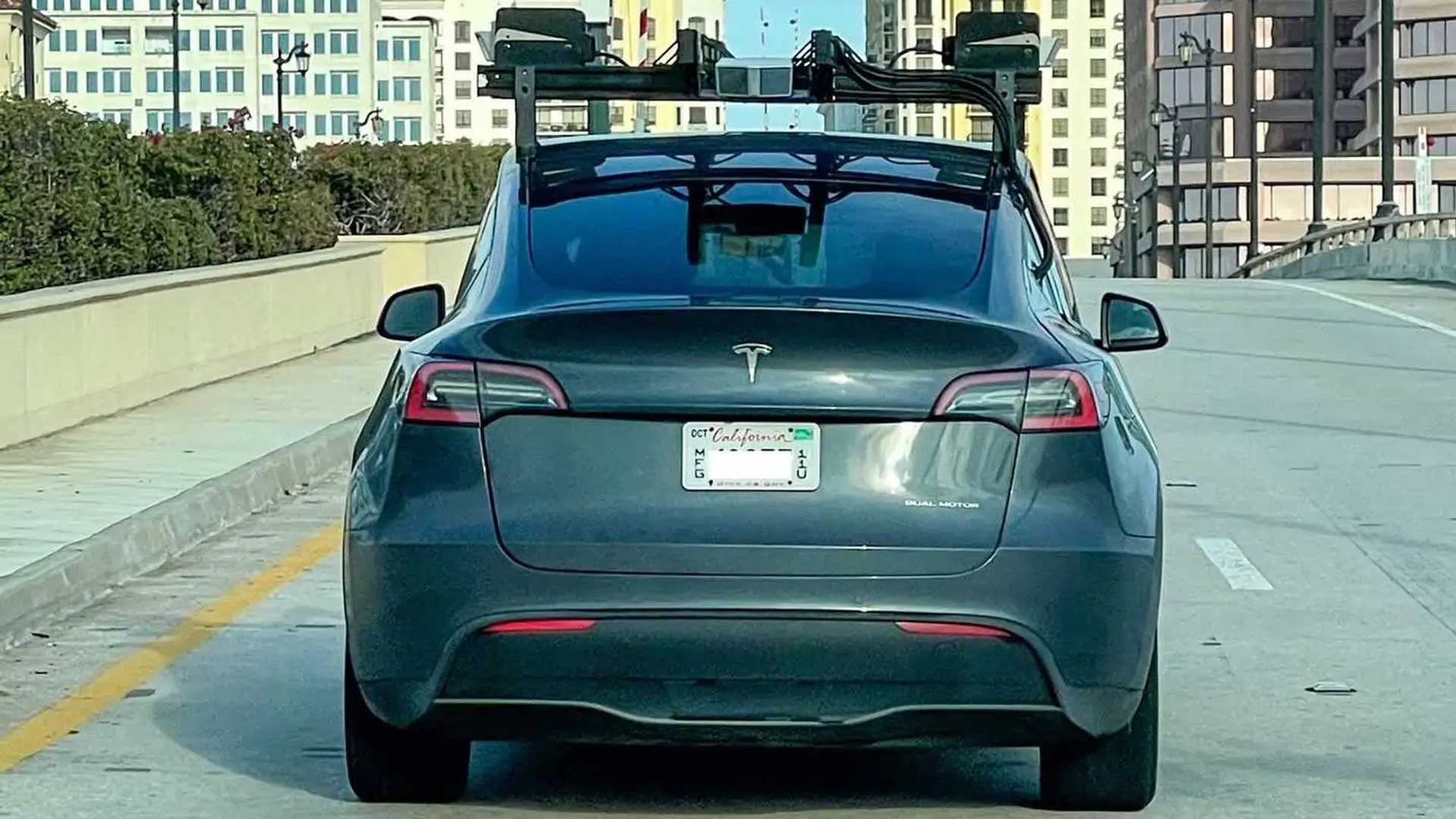
Tesla Vision Update: Replacing Ultrasonic Sensors with Tesla Vision | Tesla Support
Safety is at the core of our design and engineering decisions. In 2021, we began our transition to Tesla Vision by removing radar from Model 3 and Model Y, followed by Model S and Model X in 2022. Today, in most regions around the globe, these vehicles now rely on Tesla Vision, our camera-based...
We are continuing the transition to Tesla Vision, our camera-based Autopilot system. Beginning with deliveries in May 2021, Model 3 and Model Y vehicles built for the North American market will no longer be equipped with radar. Instead, these will be the first Tesla vehicles to rely on camera vision and neural net processing to deliver Autopilot, Full-Self Driving and certain active safety features. Customers who ordered before May 2021 and are matched to a car with Tesla Vision will be notified of the change through their Tesla Accounts prior to delivery.
For a short period during this transition, cars with Tesla Vision may be delivered with some features temporarily limited or inactive, including:
- Autosteer will be limited to a maximum speed of 75 mph and a longer minimum following distance.
- Smart Summon (if equipped) and Emergency Lane Departure Avoidance may be disabled at delivery.
All new Model S and Model X, as well as all vehicles built for markets outside of North America, will continue to be equipped with radar and will have radar-supported Autopilot functionality until we determine the appropriate time to transition those vehicles to Tesla Vision.
Frequently Asked Questions
How do I know if my car is equipped with radar?Starting with deliveries in May 2021, Model 3 and Model Y vehicles built for the North American market will be optimized for Tesla Vision and will not be equipped with radar. If you ordered a car before May and are matched to a car that is not equipped with radar, you will be notified of the change in your Tesla Account prior to delivery.
Why aren’t Model S and Model X transitioning now?
Model 3 and Model Y are our higher volume vehicles. Transitioning them to Tesla Vision first allows us to analyze a large volume of real-world data in a short amount of time, which ultimately speeds up the roll-out of features based on Tesla Vision.



